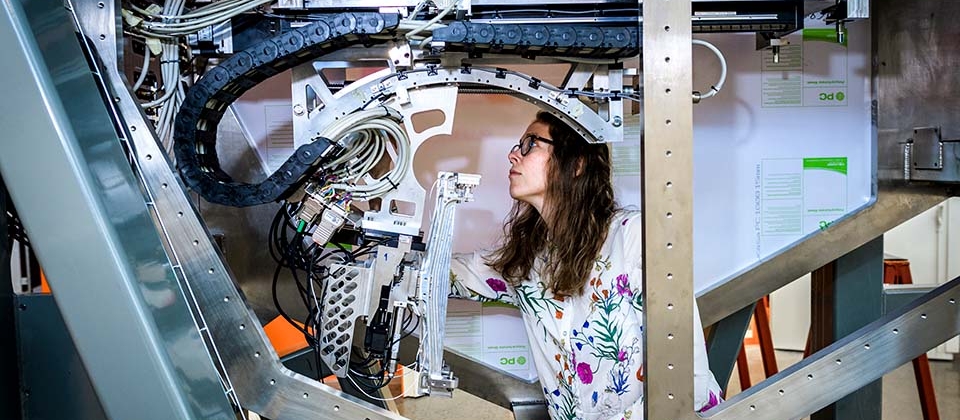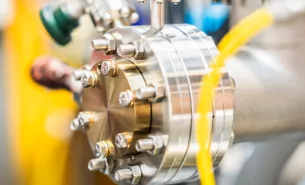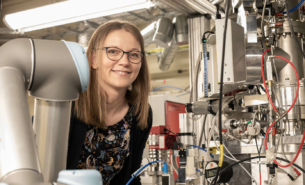Overview
The Balder beamline is dedicated to X-ray absorption spectroscopy (XAS) and X-ray emission spectroscopy (XES) in medium and hard X-ray energy range, 2.4-40 keV (at present 4-40 keV). The high brilliance from the 3 GeV storage ring in combination with the beamline design will allow for time-resolved measurements down to sub-second time resolution to be performed. The design of the experimental station has focused on the development of experimental set-ups, with detection systems and sample environments, that allow for in-situ and in-operando measurements. Strong emphasis is also on the development of experimental set-ups and methodologies for handing challenging samples, highly diluted samples, and samples sensitive to radiation damage.
X-ray absorption spectroscopy and X-ray emission spectroscopy are element specific techniques and provide atomic characterization of components, including local structure and electronic state. The techniques are not limited to samples with high degree of order, and are thus applicable to samples of various states, such as liquids, crystalline and amorphous samples, and colloids.
The Balder beamline serves a broad community of scientists representing a wide range of areas, such as catalysis research, environmental science and biogeochemical research, biomaterials research and life science, materials science, energy research, including photovoltaic devices, batteries and waste products from combustion, nuclear and coordination chemistry, as well as conservation of cultural heritage objects.
Beamline documents
Balder Review Report (download PDF)




